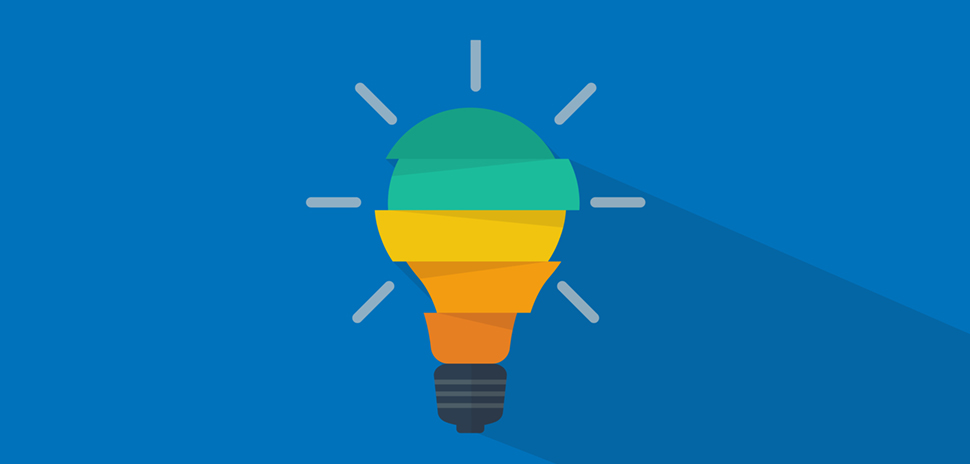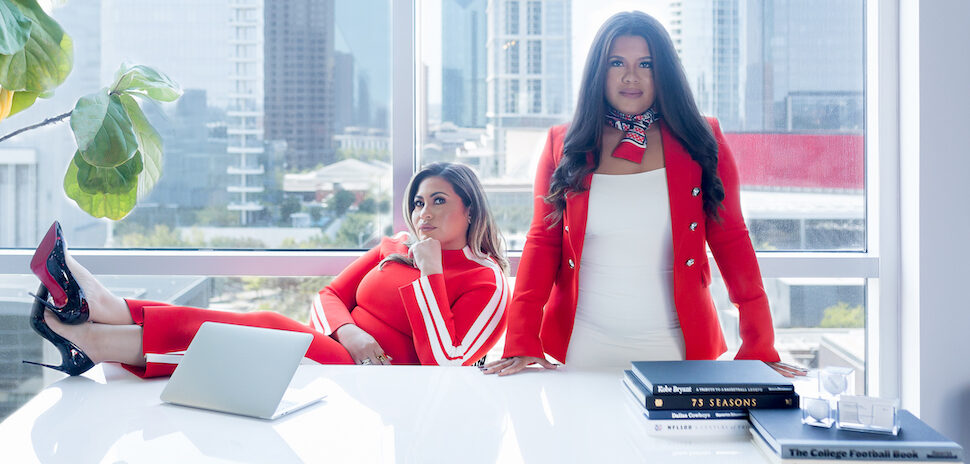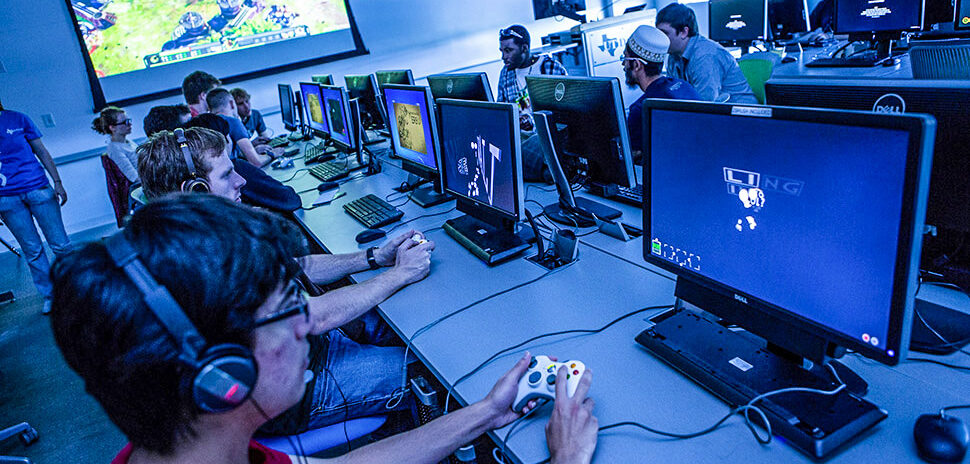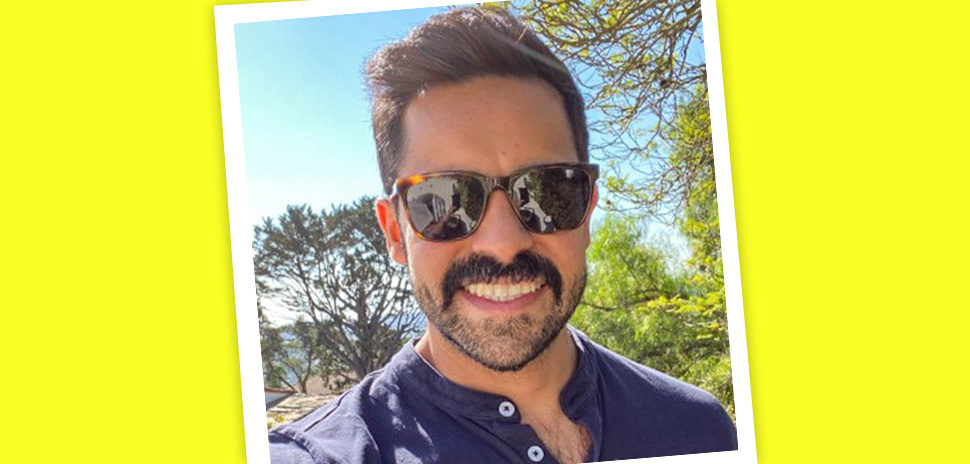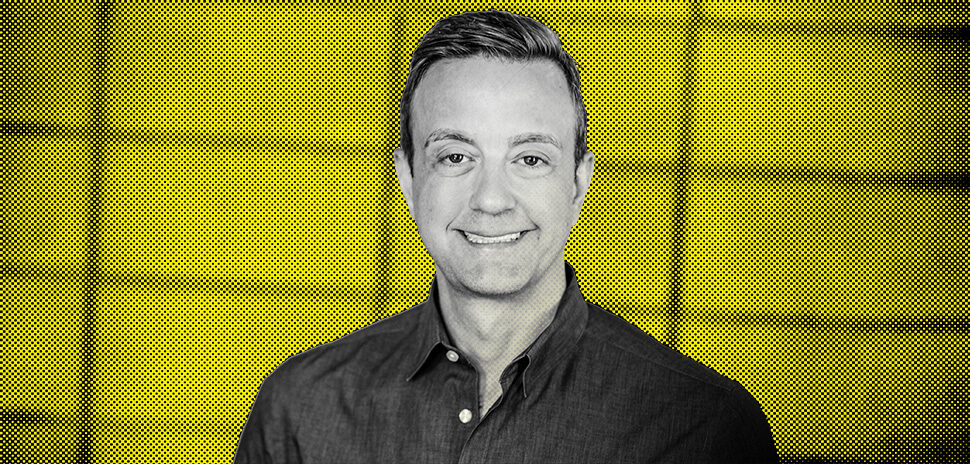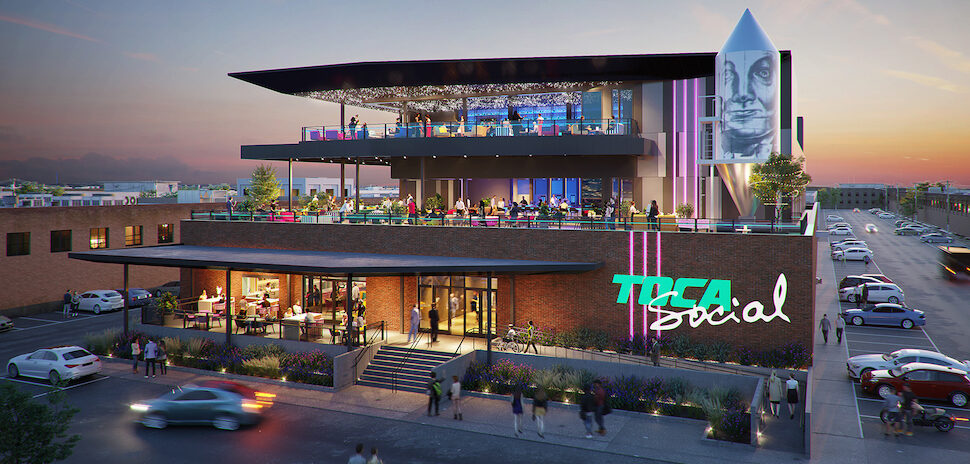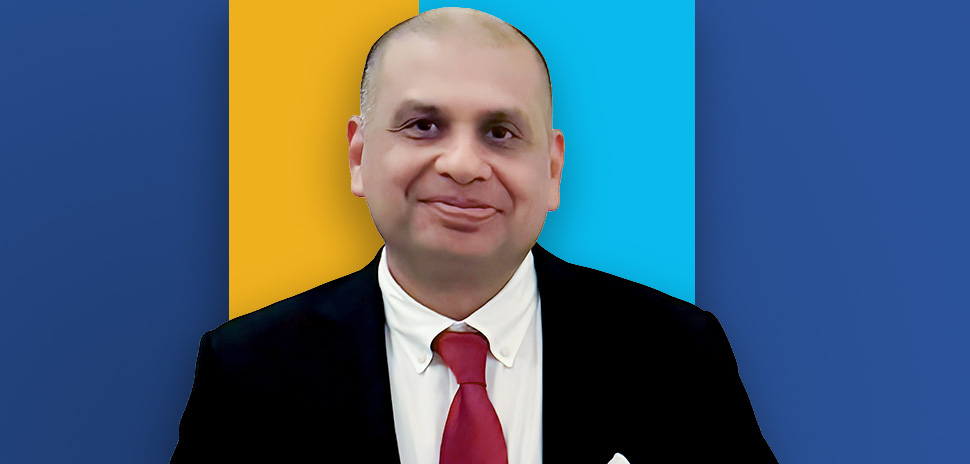When organizations are performing at their best and when they are learning and leading change, it usually connects back to organizational leadership at some level.
Before we go further, let’s define leadership to establish a common understanding of the term. Based on my experiences, a commonly accepted definition of leadership is “a process whereby an individual inspires and influences a team, or group of people to achieve a common goal, task, mission, etc.” Through their influence, leaders provide purpose and direction needed for groups to accomplish the task assigned. Leadership involves taking action, and if no action is taken, then nothing will be accomplished.
“… ‘design thinking,’ is a way to unleash and retain the innovation and problem-solving potential in organizations.
As leaders take action and move through the process, they have opportunities to learn about the environment they operate in, their respective organizations and the people who are part of them. Based on what they learn, they lead change to stay competitive and relevant in the markets and sectors they operate.
How leaders go about learning and leading change differs widely, just look around. As humans, we have a choice of mindsets in how we approach challenges. If leaders take the mindset that organizations are human systems full of energy waiting to have their potential unleashed rather than a problem waiting to be solved, they can uncover opportunity with a human-centered design process to learn and lead change.
UNLEASHING POTENTIAL
Human-centered design, or the more popularly preferred, term, “design thinking,” is a way to unleash and retain the innovation and problem-solving potential in organizations.
Leaders influence innovation and change in organizations and design thinking is a way to lead and influence groups to enable collaborative interdisciplinary thinking to approach organizational challenges.
It is the leader’s role to keep the group in a positive mindset.
Design thinking is a positive, energizing, and engaging team sport that can lead to breakthrough solutions for the challenges organizations face. Leaders set the tone for the energy level and the climate for the team. They have a choice of mindsets, either positive or negative, and that influences the emotions of the team.
Research shows that when humans are in a positive state of mind, they are more open to creativity and new ideas. When they are in a negative state of mind, they are not open to new thoughts and can go into “fight or flight “ mode where they become defensive or try to withdraw from the engagement.
It is the leader’s role to keep the group in a positive mindset.
COGNITIVE DIVERSITY
The cognitive diversity of the team counts as well. We all have different thinking preferences, educational and life experiences, and differ in the lens through which we view challenges. The power of diversity of thought comes to play in the process with the fusion of new ideas into innovative prototypes. Leaders should be aware not to surround themselves with people that think alike as they look for solutions to organizational challenges.
Design thinking is an iterative process and consists of five steps: empathy, define, ideate, prototype, and test.
The design thinking process below is based on my professional experiences with human-centered design and what I learned at the d.school:The Hasso Plattner Institute of Design at Stanford.
I bet most of you already use some variation of it when you interact with other clients or groups of people whether you realize it or not. It can be applied, either externally or internally, across the spectrum of industries, jobs, and professions.
Design thinking is an iterative process and consists of five steps: empathy, define, ideate, prototype, and test. This process is adaptable and flexible and can be modified as needed. You can add or take away steps, and start anywhere in the process. I encourage all readers to share how they integrate human-centered design into their professional careers.
THE FIVE STEPS:
1. Empathy
Empathy and creativity are connected, and empathy is at the heart of human-centered design. We gain insights through empathy by conducting ethnographic, human-centered research. To do so, we focus on the person or population we are designing for, the end user, and observe, engage, and immerse in their experience.
This is accomplished through interviews and with prototypes, etc. It is important to empathize with the end user in their environment, not yours. It’s important to understand a person’s thoughts, emotions, and motivations so that you can determine how to design for them. By understanding the choices humans make, and the behaviors that people engage in, you can identify their needs and design to meet those needs.
Empathy and creativity are connected, and empathy is at the heart of human-centered design.
In human-centered design, there are three ways to build empathy with people:
Engage: Talk to people about their experiences and ask them to share stories. Ask them how they felt and what they noticed. Engaging with people directly reveals their values and what they think, which leads to better understanding, and providing insights on how to design solutions.
Observe: Observe one person or a whole group. Viewing people in the context of their activities provides indicators about what they think and feel. It allows the design team to understand them and gain insights on how solutions should be designed.
Immerse: If the design team immerses themselves in the same experience as the people they are designing for, they will have a better understanding of what that population goes through and feels in the performance of their day-to-day activities. With this data, the design team can develop new ideas for possible solutions.
2. Define
During this step, the team unpacks their findings from the empathy stage. The team is striving to gain an understanding of the users and the design space.
The statement keeps the team focused on designing for humans and is a vision of what is possible regarding solutions.
Based on this information the team comes up with an energizing, actionable design opportunity statement that expresses the team’s point of view and focuses on the specific needs of end users. The statement keeps the team focused on designing for humans and is a vision of what is possible regarding solutions.
Sometimes teams do not have enough initial information to define the design opportunity, so they return to the field to continue to gain empathy with the stakeholders.
3. Ideation
The purpose of this phase is to transition from identifying challenges to exploring ideas aimed at the population for which we are designing solutions. The objective of ideation is to explore a wide solution space, which is both a large quantity of ideas and diversity of those ideas (why the cognitive diversity of the team matters). The key to ideation mode is to defer judgment for ideas, “generate and then evaluate.”
Team leaders set the tone for this phase. Keeping the energy level high, and mood positive will keep the team in the proper mindset needed to generate ideas and build off the ideas of others. The team needs to be aware of when they are in idea-generation mode versus evaluation mode and keep them separate until it is time to apply selection criteria.
Since no one is in control, you get to places you never expected — big new ideas.
In team ideation sessions, no one is in control. There are no experts. Since no one is in control, you get to places you never expected — big new ideas. People making new connections and new ideas take the team to a new place and potential breakthrough idea.
One technique for ideation is to use an improvisational technique borrowed from the improv group The Second City and highlighted in the book “Yes, And.” The d.school uses this method in the design thinking courses it teaches.
This technique is a way to build on the ideas of others, not evaluate and judge them. It keeps us in an innovative mindset by forcing us to actively listen and understand while we wait for our chance to respond. This enriches and broadens our perspective. As ideas are being generated, they should be captured on something like post-it notes or easel paper so they can be organized later.
4. Prototype
This phase is where we put the ideas and concepts into action and bring them to life. Prototypes work best when people can interact and experience them.
Prototypes work best when people can interact and experience them.
Design thinking is an iterative process, so early prototypes can be simple and as the team continues through the process, they become more advanced. Prototypes help the team learn more about the people they are designing for and allow them to explore different ideas for solutions.
5. Testing
Testing the prototype is a chance to get feedback on the proposed solution and continue to gain empathy. Through iterations, we refine solutions to make them better and continue to learn about the end users. It is cheaper to fail with a 70 percent solution than a 100 percent solution. Iterations lower the cost of learning.
It is cheaper to fail with a 70 percent solution than a 100 percent solution.
Organizations that thrive and can adapt to their environment and stay relevant have processes in place for the free flow of communication and ideas on how to improve.
The design thinking process is “a way” to attack challenges in a positive, collaborative way that can lead to breakthrough solutions. Leaders set the example for those they lead, and if they believe in the potential of the members of the organization, they can unleash it with a human-centered design approach. Leadership counts!
Delivering what’s new and next in Dallas-Fort Worth innovation, every day. Get the Dallas Innovates e-newsletter.

